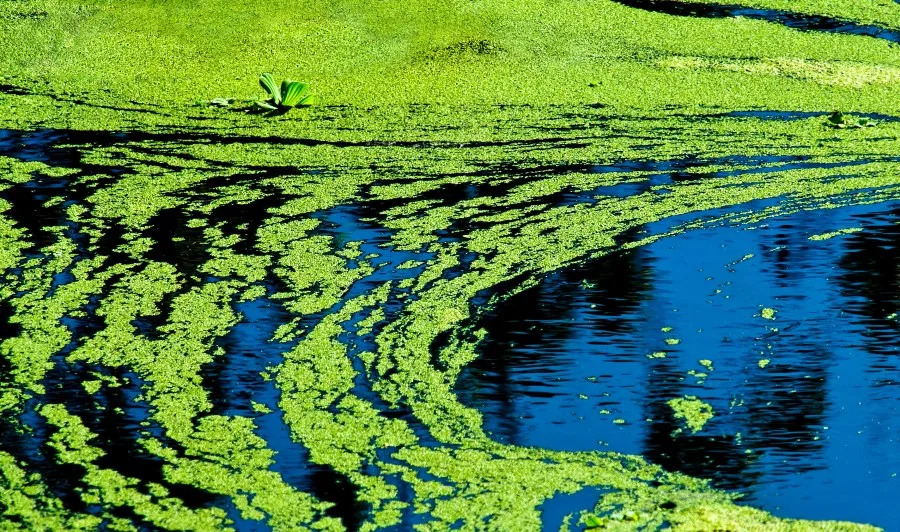
KANSAS CITY, Mo. – The Kansas Department of Health and Environment (KDHE) and the Kansas Department of Wildlife and Parks (KDWP) have issued a public advisory for Kansas lakes due to blue-green algae.
The water recreation season in Kansas officially runs from April 1 to Oct. 31, along with the the Harmful Algae Blooms (HAB) response program’s active operations.
Family of man shot, killed by Kansas City, Kansas, police speaks out
People in Kansas are advised to remain cautious while doing activities taking place in or on the water, including swimming, boating and fishing.
A HAB may look like foam, scum or paint floating on the water and be colored blue, bright green, brown or red. Blooms can develop rapidly; if the water appears suspicious or there is decaying algae on the shore, avoid contact and keep dogs away.
The toxins can be absorbed by ingestion, inhalation of aerosols and even skin contact. Symptoms vary depending upon the type of exposure (e.g., direct contact, ingestion, inhalation) but can include rash, vomiting, diarrhea, fever, sore throat and headache.
If you or your pets come into contact with algae rinse the area with clean, fresh water. Any health-related incidents related to the algae, can be reported here.
The following lakes are under active advisories:
Warnings
Atchison County Lake, Atchison County
Frazier Lake, Grant County
Gathering Pond, Geary County
Hodgeman State Fishing Lake, Hodgeman County (Elevated Aug. 8)
King Lake, Lyon County
Lake Afton, Sedgwick County
Melvern Outlet River Pond, Osage County
Melvern Outlet Swim Pond, Osage County
Ottawa State Fishing Lake, Ottawa County
Rock Garden Pond, Shawnee County
Wilderness Lake (Overland Park), Johnson County (Elevated Aug. 8)
Watches
Atchison City Lake #9, Atchison County (Lowered August 8)
Atchison State Fishing Lake, Atchison County (Lowered August 8)
Eagle Lake (Bel Aire), Sedgwick County
Kingston Lake, Johnson County (Added August 8)
Lake Shawnee, Shawnee County (Added August 8)
Marion County Lake, Marion County
Wooster Lake, Lyon County
Lifted
Edgerton City Lake, Johnson County
Elkhorn Lake, Jackson County
Norton Lake (Keith Sebelius Reservoir), Norton County
A Hazard status indicates that a HAB is present, and extreme conditions exist.
When a hazard is issued, KDHE recommends the following precautions be taken:
Signage should be posted at all public access locations
It is recommended that either a portion of the lake or the entire lake or zone, be closed to the public
In some cases, the adjacent land should be closed as well. Actual setback distances will be determined on a site-specific basis, if necessary
In zoned lakes, if a lake zone is issued at a Hazard level, all other adjacent lake zones may be recommended for an advisory status dependent on lake conditions
A Warning status indicates that a HAB is expected or present. When a warning is issued, KDHE recommends the following precautions be taken:
Signage should be posted at all public access locations
Inhalation of spray or aerosols may be harmful
Lake water is not safe to drink for pets or livestock
Lake water, regardless of blue-green algae status, should never be consumed by humans
Water contact should be avoided
Fish may be eaten if they are rinsed with clean water and only the fillet portion is consumed, while all other parts are discarded
Do not allow pets to eat dried algae
If lake water contacts skin, wash with clean water as soon as possible
Avoid areas of visible algae accumulation
A Watch status means that a HAB is possible and may be present.
When a watch is issued, KDHE recommends the following precautions be taken:
Signage should be posted at all public access locations
Water may be unsafe for humans/animals
Avoid areas of algae accumulation and do not let people/pets eat dried algae or drink contaminated water
Swimming, wading, skiing and jet skiing are discouraged near visible blooms
Boating and fishing are safe. However, inhalation of the spray may affect some individuals
Avoid direct contact with water and wash with clean water after any contact
Clean fish thoroughly with potable water and eat fillet portion only
Advisories are Lifted when cell densities and toxin concentrations decrease to levels below the watch thresholds.
If you see a scum or paint-like surface on the water, small floating blue-green clumps or filaments in the water, or if the water is an opaque green, avoid contact and keep pets away.
Royals affiliate strikes deal to take ownership of former Sprint campus
These are signs that a harmful bloom may be present. Pet owners should be aware that animals that swim in or drink water affected by a harmful algal bloom or eat dried algae along the shore may become seriously ill or die.
KDHE investigates publicly accessible bodies of water for blue-green algae when the agency receives reports of potential algae blooms in Kansas lakes. Based on field observation and sampling results, KDHE reports on potentially harmful conditions.
Copyright 2025 Nexstar Media, Inc. All rights reserved. This material may not be published, broadcast, rewritten, or redistributed.
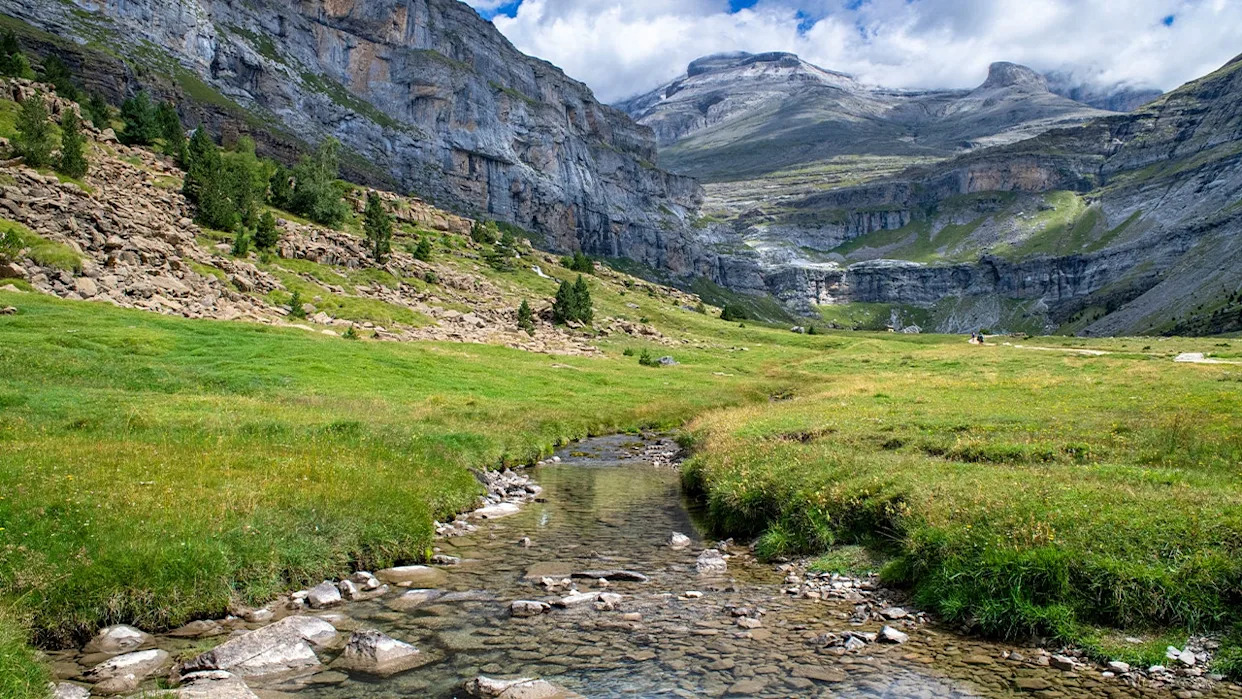
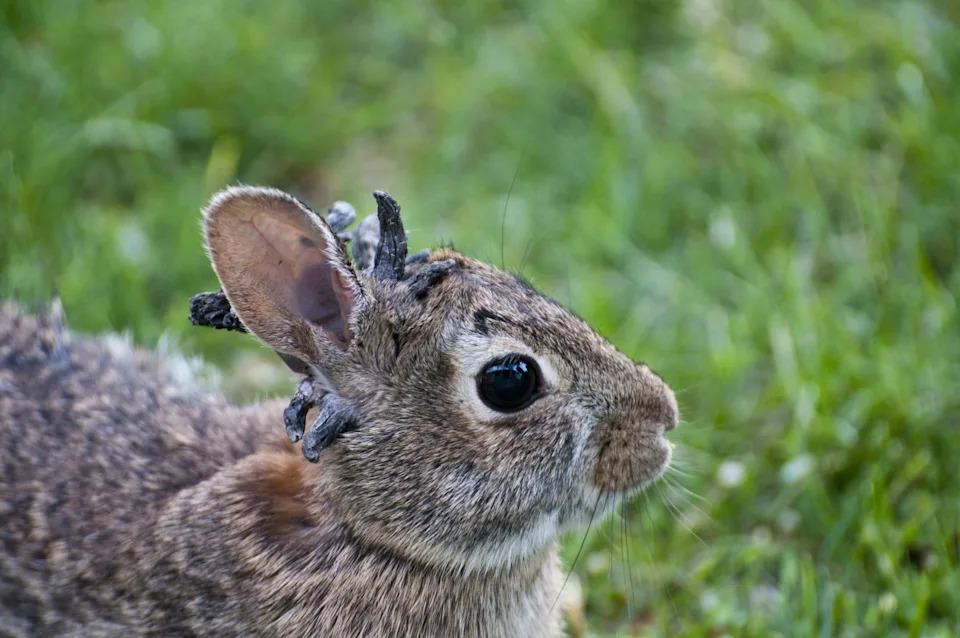

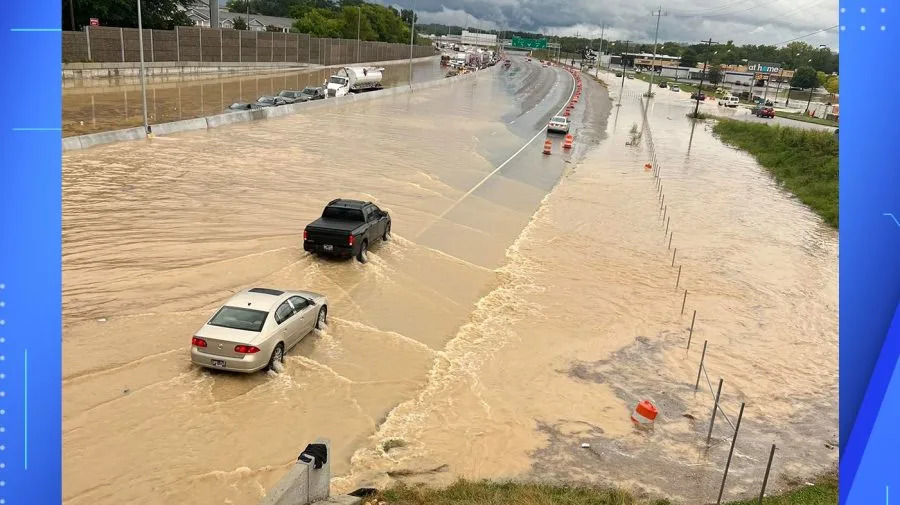

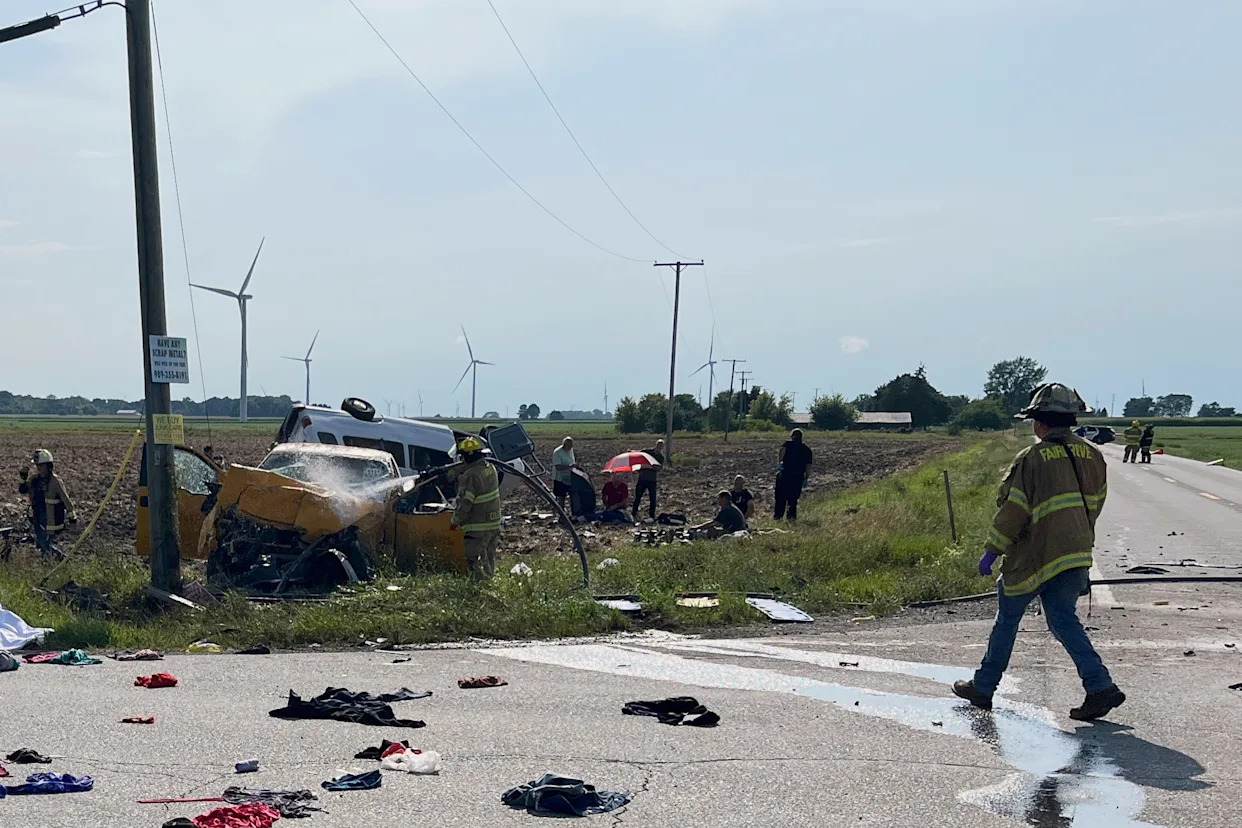


Comments